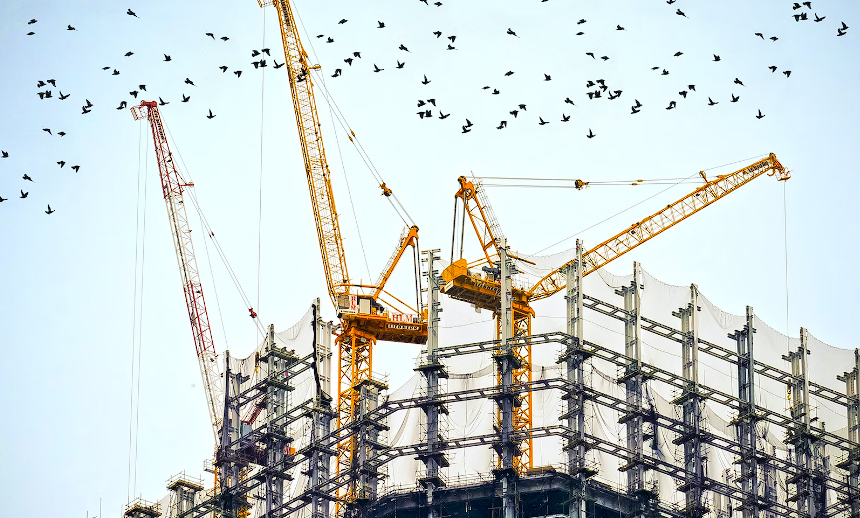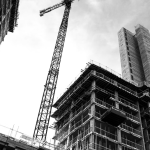In an era where environmental consciousness prevails, the construction industry stands at the forefront of change—transitioning from traditional practices to sustainable methodologies. The journey towards eco-friendly construction has been marked by innovation, awareness, and a steadfast commitment to building a greener future. Let’s embark on a journey tracing the evolution of sustainable construction practices.
The Early Days: Foundations of Awareness
Decades ago, sustainability in construction was a novel concept. Awareness centered on minimizing waste and optimizing resource use, with the introduction of basic recycling practices and energy-efficient designs.
Rise of Green Building Certifications
The turn of the century witnessed the emergence of standardized certifications like LEED (Leadership in Energy and Environmental Design). These certifications set benchmarks for sustainable construction, driving the adoption of green practices and materials.
Integration of Renewable Energy
The integration of renewable energy marked a pivotal shift. Solar panels, wind turbines, and geothermal systems became integral, reducing reliance on conventional power sources and minimizing a project’s carbon footprint.
Embracing Innovative Materials
Innovative materials revolutionized the industry. Sustainable materials such as bamboo, recycled steel, and reclaimed wood gained prominence, offering durability while minimizing environmental impact.
Advancements in Green Design and Technology
Advancements in design and technology reshaped construction. Green design principles, coupled with smart technologies, allowed for the creation of energy-efficient, high-performance buildings.
Focus on Water Conservation
Water conservation became a priority. Implementation of low-flow fixtures, rainwater harvesting, and efficient irrigation systems aimed at reducing water consumption in construction and building operations.
Emphasizing Life Cycle Assessments
A shift towards life cycle assessments gained momentum. Evaluating a structure’s environmental impact throughout its life cycle became integral to decision-making, guiding material choices and construction methods.
The Era of Net-Zero and Beyond
The pursuit of net-zero buildings emerged. Structures capable of producing as much energy as they consume became aspirational, setting the stage for a future of energy-neutral construction.
Conclusion: Forging a Sustainable Path Forward
The evolution of sustainable construction practices reflects an industry committed to responsible growth and environmental stewardship. The journey continues, driven by innovation, collaboration, and a shared vision of constructing a sustainable tomorrow.
As the industry evolves, the integration of sustainable practices remains integral, paving the way for construction practices that harmonize with our planet’s well-being.


